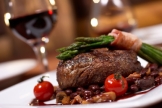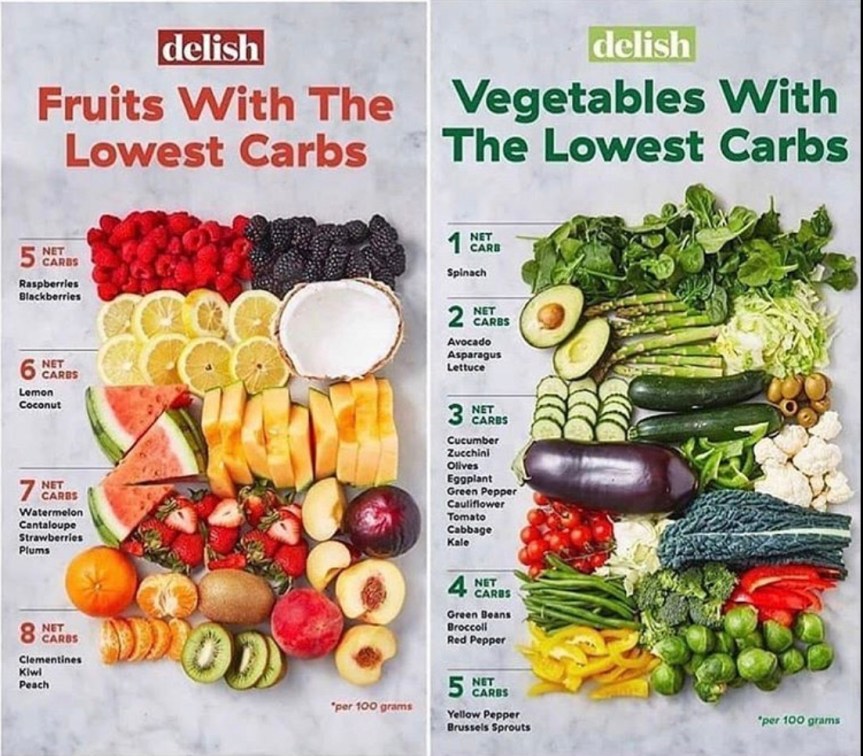In this season of food gifts and party leftovers, this article, previously published by My Recipes, is particularly important and worth sharing & re-sharing. #ThisGirlLovesToEat

“We’ve all let something languish in the fridge a bit longer than we realized. It’s not unreasonable to look at a single patch of mold on a strawberry and wonder if the whole lot has to be tossed. But what about a block of cheese with a quarter-sized fuzzy spot? Is that safe to trim and eat? Or does it have to go, too?
Fortunately, this handy guide from the U.S. Department of Agriculture can have the final say on what stays and what goes when you spot mold on your food.
4 Moldy Foods You Can Eat:
Hard salami or dry-cured country ham
It’s A-OK for hard salamis to have a thin white coating on the outside of the meat. This mold is put there on purpose: to produce flavor and protect the cured meat from bacteria. It’s safe to consume, as is any mold that grows on dry-cured country ham. Large slabs of the super salty pork are often used in restaurants as part decor, part conversation starter (and also a tangy topper to everything from pasta to avocado toast). If you buy one of these delicacies, don’t fear a little mold growth on the crust. Scrub it off (be sure to dry the ham well) before eating.
Cheeses made with mold
The mold in blue, Gorgonzola, Stilton, Brie, and Camembert is to be expected. After all, these cheeses are injected with mold before they ripen—that’s why they’re so funky and delicious. But not all molds are made to eat, so you can’t assume all molds on cheese get the approval. Hard cheeses, like Gorgonzola and Stilton, aren’t harmed by a little extra mold. Cut the spot away—half an inch to one inch all the way around—and enjoy. Softer cheeses, like Brie and Camembert, have to go if you spot mold growing on them. The fingerlike organisms of mold can reach deep into these softer cheeses and may develop into toxic substances.
Hard cheeses
Even cheeses that aren’t made with mold veins are safe to eat if you spot a speck of mold growing on them. Cheddar, for example, just requires you to trim an inch around the moldy spot (some experts argue you only need a half-inch buffer; do what feels safest for you) and toss that before diving in. Be sure to use a clean knife, and keep the blade away from the mold to prevent cross-contamination. When you’re finished slicing for your sandwich or burger, be sure to rewrap the cheese in a fresh covering so you don’t reinfect with mold spores.
Firm fruits and vegetables
Tough vegetables and fruit, like carrots, potatoes, and turnips can take the mold in stride. The mold threads have a hard time penetrating deep into these dense plant foods. Trim off an inch around the mold, and eat or cook as you planned. Softer fruits and vegetables, like cherries, strawberries, and corn, should be tossed. Mold can easily spread to nearby areas, even if you can’t see the spores with your naked eye.
When can molds be toxic?



 Today, for my alcohol enjoying #Keto followers, I’m sharing an excerpt from an article in #HealthMagazine from November of 2018. #ThisGirlLovesHerDrinks
Today, for my alcohol enjoying #Keto followers, I’m sharing an excerpt from an article in #HealthMagazine from November of 2018. #ThisGirlLovesHerDrinks



 One thing that she did instill in all of her kids and grandkids though was a love of fruits and nuts. Anytime we would be in the desert at one of their condos, a required stop was
One thing that she did instill in all of her kids and grandkids though was a love of fruits and nuts. Anytime we would be in the desert at one of their condos, a required stop was 
 I am now about 2 hours away from Palm Springs, which puts me 2 hours away from Hadley’s but thankfully Hadley’s has entered the information age and I can order their fruits and nuts online! Looks like I’ll be ordering some dates so I can indulge my need for a bit of memory refreshment. 😉
I am now about 2 hours away from Palm Springs, which puts me 2 hours away from Hadley’s but thankfully Hadley’s has entered the information age and I can order their fruits and nuts online! Looks like I’ll be ordering some dates so I can indulge my need for a bit of memory refreshment. 😉